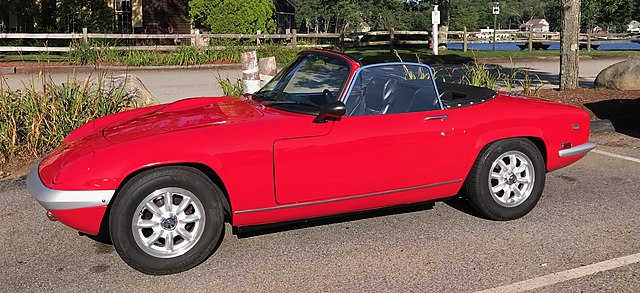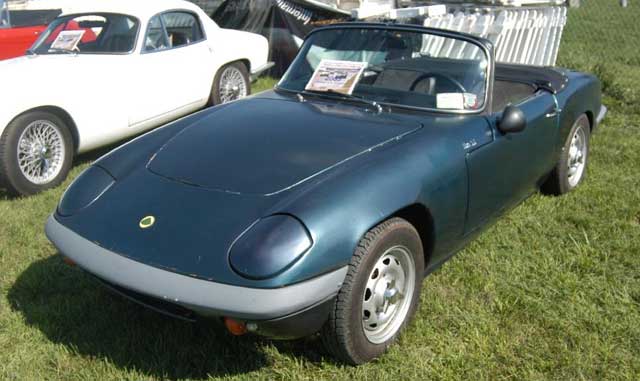
The Lotus Elan is a sports car that was produced by Lotus Cars between 1962 and 1975. It is renowned for its light weight, impeccable handling, and innovative design. Initially introduced to the public at the 1962 British Motor Show, the Elan was designed by Ron Hickman and featured a fiberglass body on a steel backbone chassis, a design ethos that significantly influenced sports car manufacturing.
This car was particularly appealing to those who valued performance and driving pleasure over luxury.
Design and Engineering

The Backbone of the Lotus Elan
The Lotus Elan was built on a strong yet lightweight steel backbone chassis, a revolutionary approach at the time. This design not only reduced the overall weight but also provided increased structural rigidity.
The chassis was complemented by a fiberglass body, which was uncommon in production cars of the era. This combination resulted in a vehicle that was both light and agile, enhancing its performance and handling capabilities.
Engine and Performance
Powering the Lotus Elan was a 1.6-liter Ford Kent engine that was extensively modified by Lotus to become the Lotus TwinCam engine. This engine featured dual overhead camshafts and produced between 105 to 126 horsepower, depending on the model and configuration.
The Elan’s power-to-weight ratio allowed it to accelerate from 0 to 60 mph in just over 7 seconds, an impressive feat for its time.
Suspension and Handling
Lotus founder Colin Chapman’s philosophy of “simplify, then add lightness” was evident in the Elan’s suspension system. The car featured four-wheel independent suspension with coil springs and wishbones, which provided superior handling and road holding. This setup made the Elan a favorite on both road and track, celebrated for its ability to handle corners with ease and stability.
Model Variants

Elan 1500 and Elan 1600
The Elan launched as the 1500 model but was quickly upgraded to the 1600 within its first year to enhance its power output. The Elan 1600 became the definitive early model, establishing the car’s reputation for performance and engineering excellence.
Elan S2 to S4
Throughout its production life, the Elan saw several updates and model iterations. The Series 2 (S2) introduced in 1964 brought improvements such as upgraded brakes and interior enhancements. By the time the Series 4 (S4) was released in 1968, the Elan included substantial upgrades in terms of both performance and comfort, appealing to a broader audience.
Elan Sprint
Introduced in 1971, the Elan Sprint was a high-performance version designed to revive sales. Distinguished by its “Sprint” colors, it featured a big-valve engine that pushed its performance even further, making it one of the most collectible Elans today.
Cultural Impact

Celebrity Owners and Media Appearances
The Lotus Elan quickly became a symbol of 1960s cool, finding its way into the garages of several celebrities, including actors like Peter Sellers and Steve McQueen. The car also made notable appearances in television and film, most famously driven by Diana Rigg’s character, Emma Peel, in the 1960s British television series “The Avengers,” which helped cement its iconic status.
Influence on Automotive Design
The Lotus Elan’s design and engineering principles influenced not only other sports cars but also the philosophy of car manufacturing more broadly. Its emphasis on lightness and handling inspired the design of many future sports cars, including the Mazda MX-5 Miata, which openly acknowledged the Elan’s influence in its development.
Collector’s Item
Today, the Lotus Elan is considered a highly desirable collector’s item, admired for its historical significance and the driving enjoyment it offers. Its innovation in lightweight construction and performance dynamics continues to be celebrated in classic car circles and automotive histories.
Legacy and Influence
The Lotus Elan’s influence extends far beyond its production years. It set new standards in automotive design with its focus on light weight and handling, influencing a generation of sports cars.
The legacy of the Elan is not only in its performance but also in its approach to automotive engineering, which prioritized efficiency and agility over more conventional luxury or power metrics. This philosophy continues to influence sports car design and remains a cornerstone of Lotus’s brand identity.
